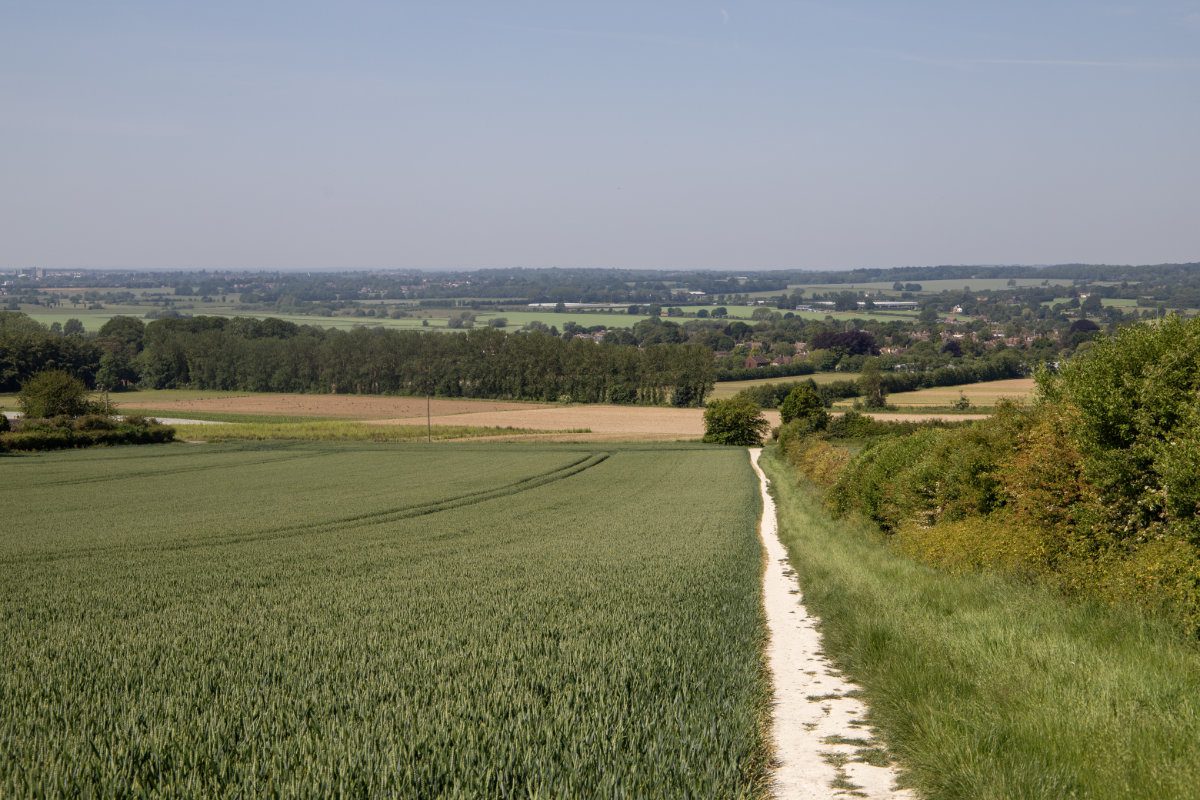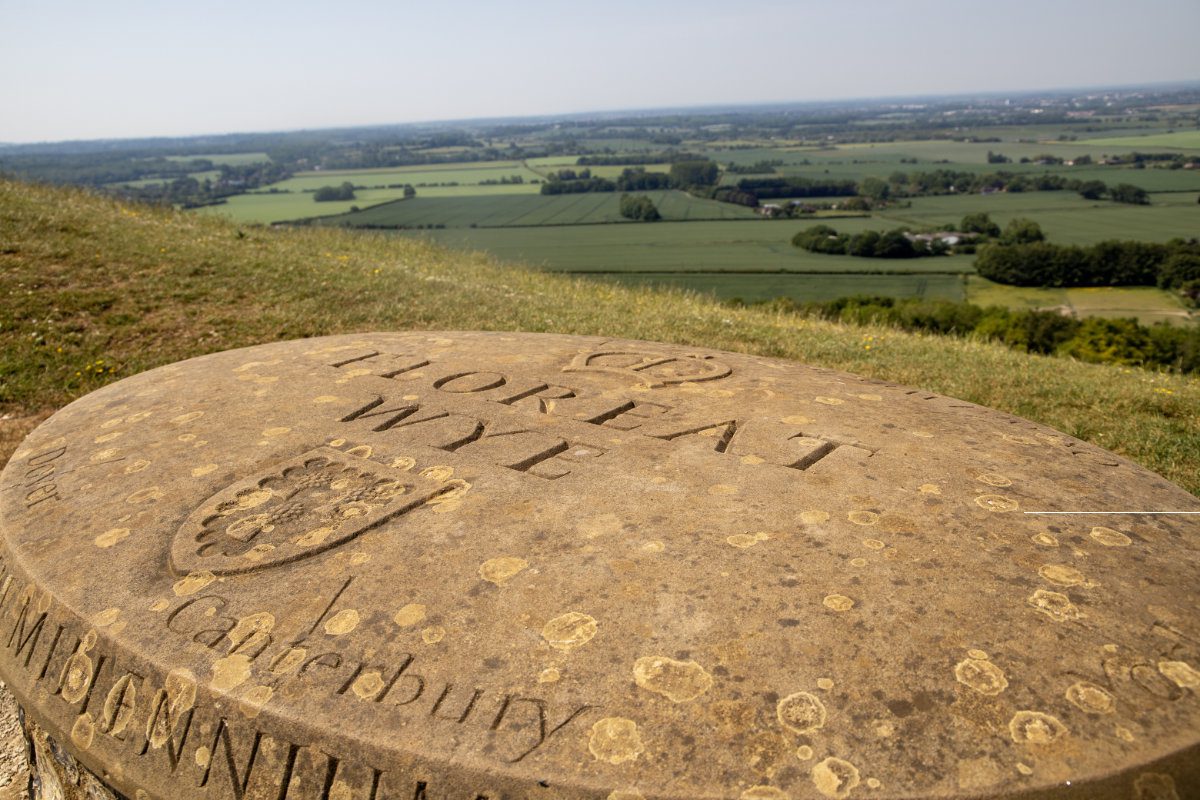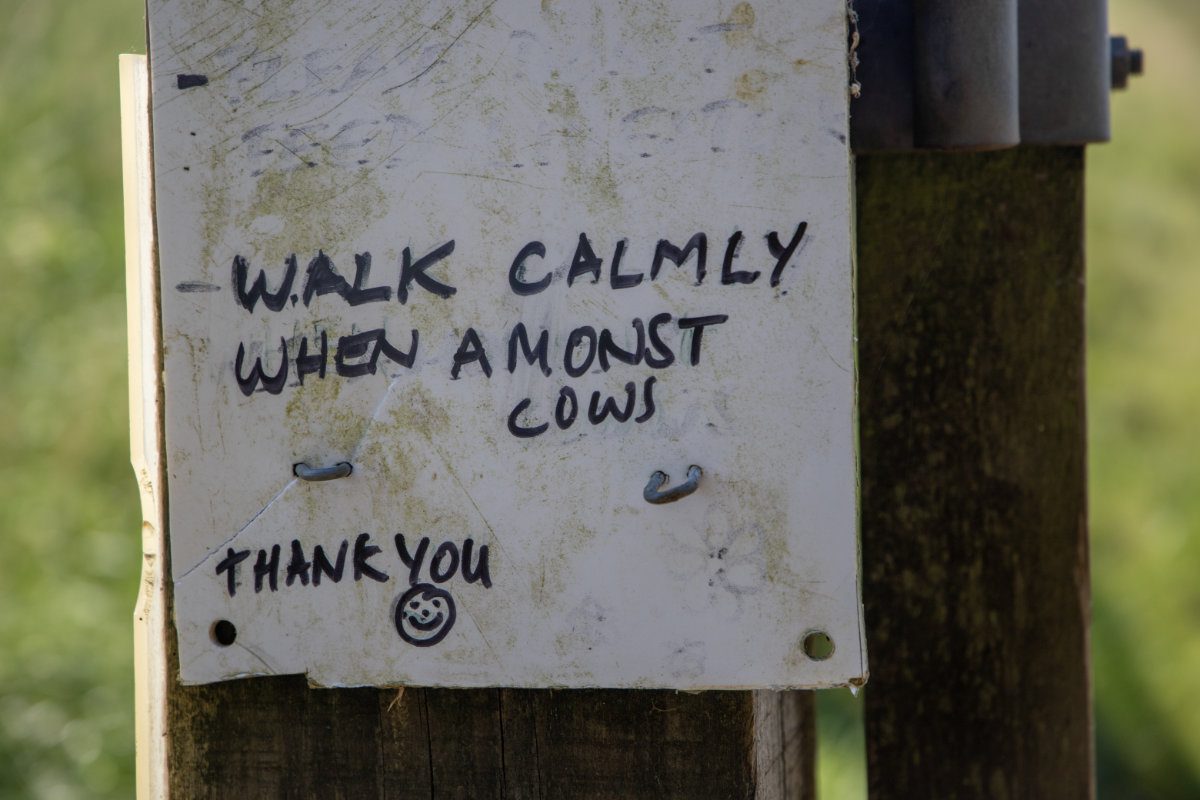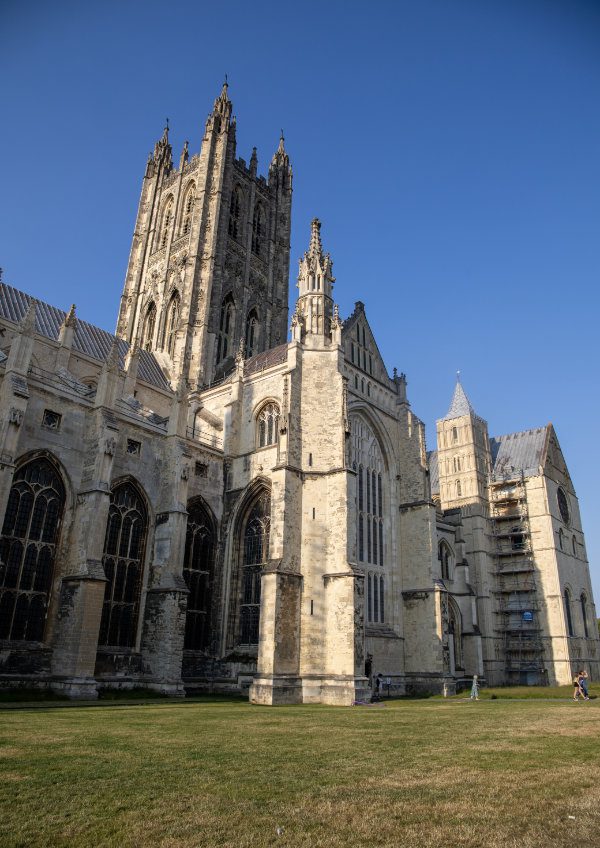The morning sun beats down on the beanfields; bees buzz and drowse; butterflies flitter above the wildflowers. The day is warm and the hills are broad, but there’s no one to be seen except two walkers, packs on their backs, bound for Canterbury. It could be a scene from the Middle Ages — a pair of pilgrims on a steady bucolic march to journey’s end — were it not for their baseball caps and cargo shorts, and the fact that one of them keeps stopping to check directions on his phone. Somewhere, a blackbird sings.
My friend and I have come to East Kent to take a hike. Specifically, a hike with a purpose. Pilgrimages, according to BBC Travel, are back in fashion, driven by hugely popular trails such as Spain’s Santiago de Compostela — but you don’t need to head overseas to get involved. The British Pilgrimage Trust now offers more than 250 pathways across Britain, ranging from the 758-mile, three-month Celtic Cathedral Pilgrimage to the short, five-mile Manchester Cathedral Pilgrimage.

YHA properties can be incorporated into many of these routes. Our chosen walk is the winding, 13-mile trail from the village of Wye to the city of Canterbury, where a long-standing YHA hostel occupies a grand old Victorian villa.
It’s worth stating early on that although “pilgrimages” have religious connotations, these routes are by no means just for the devout. In our case, we’re here for the meditative joys of walking rather than any higher calling.
The British Pilgrimage Trust itself — which will be hosting a walk from YHA South Downs to Lewes on 30 September, as part of the YHA Festival of Walking — encourages you to “bring your own beliefs”, and wants to see modern UK pilgrims as being representative of today’s diverse Britain: multi-faith groups, agnostics, atheists and all. To put it another way, they understand that you don’t need to be able to recite Bible passages to feel uplifted — or even healed — by a good walk.
I can state this much. When you wander out of Wye Station on a cloudless morning and realise you’ve got 13 miles of beechwood paths and downland trails to look forward to, and that for once you didn’t forget to pack suncream, it’s a liberating feeling.

We’d stayed at YHA Canterbury the previous evening, allowing us to fuel up on a cooked breakfast — and an undisclosed number of mini pains au chocolat — on the morning of the walk. From there we walk into town to catch the direct train from Canterbury West out to Wye. It’s a pleasant, non-stop, 14-minute trundle, but the day’s truest delights lie ahead.
A pilgrimage, as well as being a physical undertaking, is also a kind of metaphor for an inner journey of transformation. Walking can do this to you, whether you’re alone, with one or two companions, or part of a bigger group. There’s nothing overly profound or symbolic about the hike we’re making today — we have no great dilemma to unknot — but it’s still a cathartic process.
As the miles tick by, green views bellow out to the west. In the distance, barley fields and strawberry farms furl across the map. Close at hand, chiffchaffs call from the hedgerows and a breeze blows through boughs of oak leaves. The conversation loosens, our feet find a rhythm, and the world as a whole seems lighter and brighter.

Mercifully given the midday heat, much of the path is in shade. One woodland stretch lasts close to an hour, a corridor of dappled light and birdsong.
We stop to wolf down sandwiches in a forest clearing, chattering back and forth and letting the silences come naturally. On a summer’s day, the countryside is its own soundtrack. A particularly well-trodden sunken lane — the type referred to, poetically, as a Holloway — curves ahead of us after our lunch stop, and here as much as anywhere it’s easy to imagine the footsteps of walkers, traders and pilgrims from centuries gone by.
A quick admin point. The route we’re walking, one of several that culminate in Canterbury, wriggles slowly northeast up the map but has no consistent signage. The British Pilgrimage Trust has downloadable maps and directions on its website, so making sure you have them with you is essential. The landscape’s a joy around here, but you still don’t want to end up three wheatfields away from where you’re meant to be.

The second half of the walk is as enjoyable a ramble as the first. By the time we reach the village of Chartham, where pink snapdragons are, improbably, growing high on the church steeple, the beer garden at 15th-century pub The Artichoke comes as a welcome pitstop. From there, the waters of the River Stour — shallow, clear, and full of bright green streamer weeds — lead the way into Canterbury.

Before long, the great tower of Canterbury Cathedral appears in the distance. Founded way back in 597 but rebuilt and enlarged over the centuries, it’s one of the country’s great pilgrimage sites, thanks in no small part to witnessing the murder of Thomas Becket — Henry II’s accomplice turned nemesis — in 1170.
We arrive at the foot of the cathedral just as the bells are sounding for daily 5.30pm evensong. Five minutes later we’re inside, listening to choristers filling the soaring interior with soprano psalms. Our dusty boots have never known such a flourishing finale to a walk. Are we pilgrims now? If we are, it feels pretty good.
Three other pilgrimage routes near YHA hostels
- Abereiddy to St David’s Cathedral (7 miles): stay at YHA St David’s
- Cathedral Cycle Way (2,055 miles): incorporates more than 20 YHA hostels
- Bradford-on-Avon to Bath Abbey (12 miles): stay at YHA Bath
Find out more from The British Pilgrimage Trust website.
Read next: Amazing amphibians






